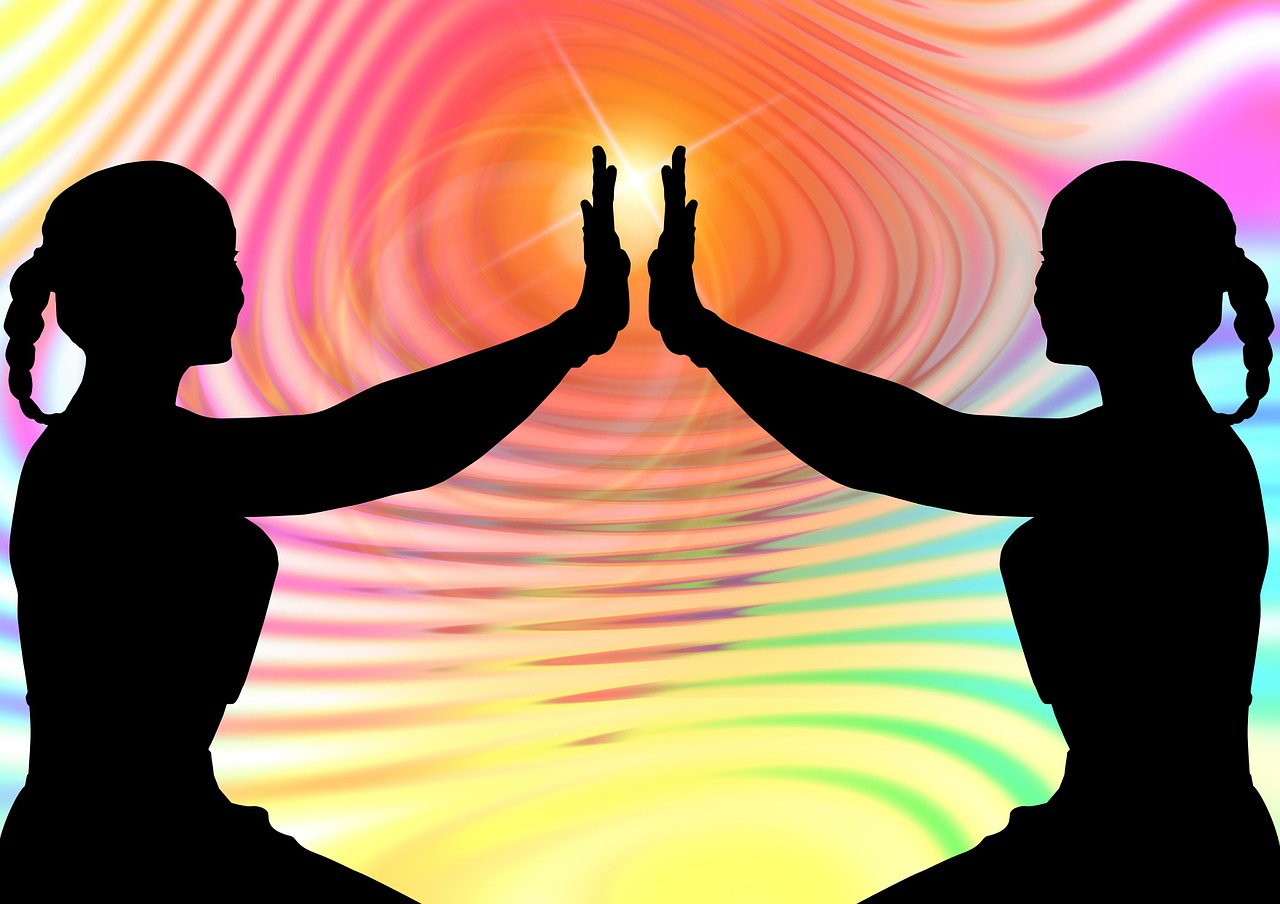Pilates is a system of low-impact exercise that works to improve your posture, flexibility, and alignment as you strengthen your muscles. It tends to target your core area, but there are also exercises that can work the other areas of your body as well. You can use equipment to create results or use the natural resistance of your unique movements.
Yoga is a group of spiritual, mental, and physical practices or disciplines that focuses on your well-being. There are over 100 different systems to follow, although the Western concept involves specific postures and stretches that encourage more strength and flexibility.
Although there are several similarities to consider when looking at the Pilates vs. Yoga debate, there are some critical differences that will help you to determine which system is better for your current health and fitness needs.
How to Choose Between Pilates vs. Yoga
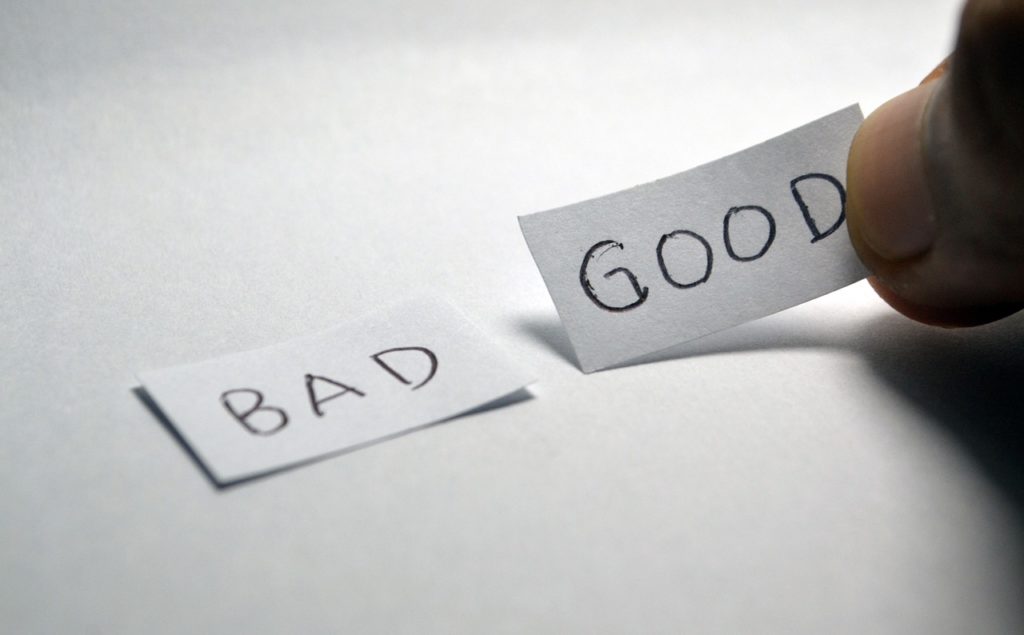
Both exercise options can provide profound results over time. It is not unusual for people to use both Pilates and Yoga in their weekly wellness routines.
If you are deciding between one or the other, then the first place to compare the two is with the breathing exercises. The focus on breathing in Pilates is to encourage high oxygen levels so that you can work on your stamina and strength. Yoga uses breathing to provide mental stability and offer opportunities for relaxation.
Here are some other differences that you’ll want to consider.
1. Pilates is More Intense than Yoga.
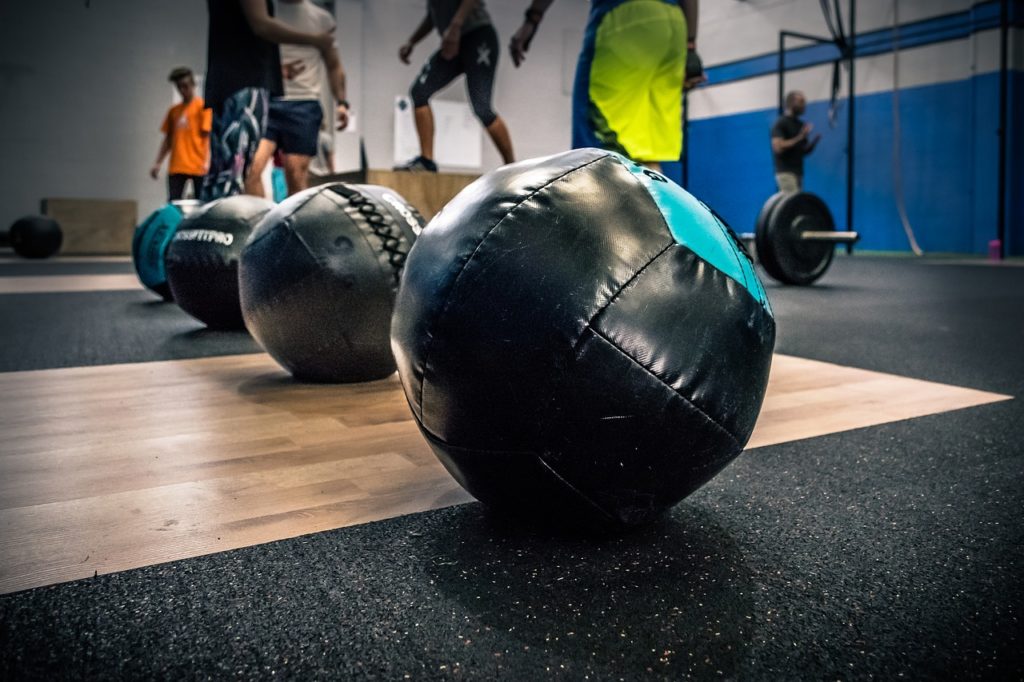
Both options provide several poses that are suitable for strengthening and toning the muscles. If you choose Pilates, then you’ll discover the activities have a higher intensity level to them. That means you can typically see results happen faster, like a firmer and flatter stomach, when you choose it over Yoga classes.
When Joseph Pilates designed the movements for this system, he created a sequence of precise actions with careful thought to their progression. Anyone can create their own set of Yoga flows to follow, but the processes in Pilates are quite specific.
2. Yoga is Useful for People with Chronic Pain.
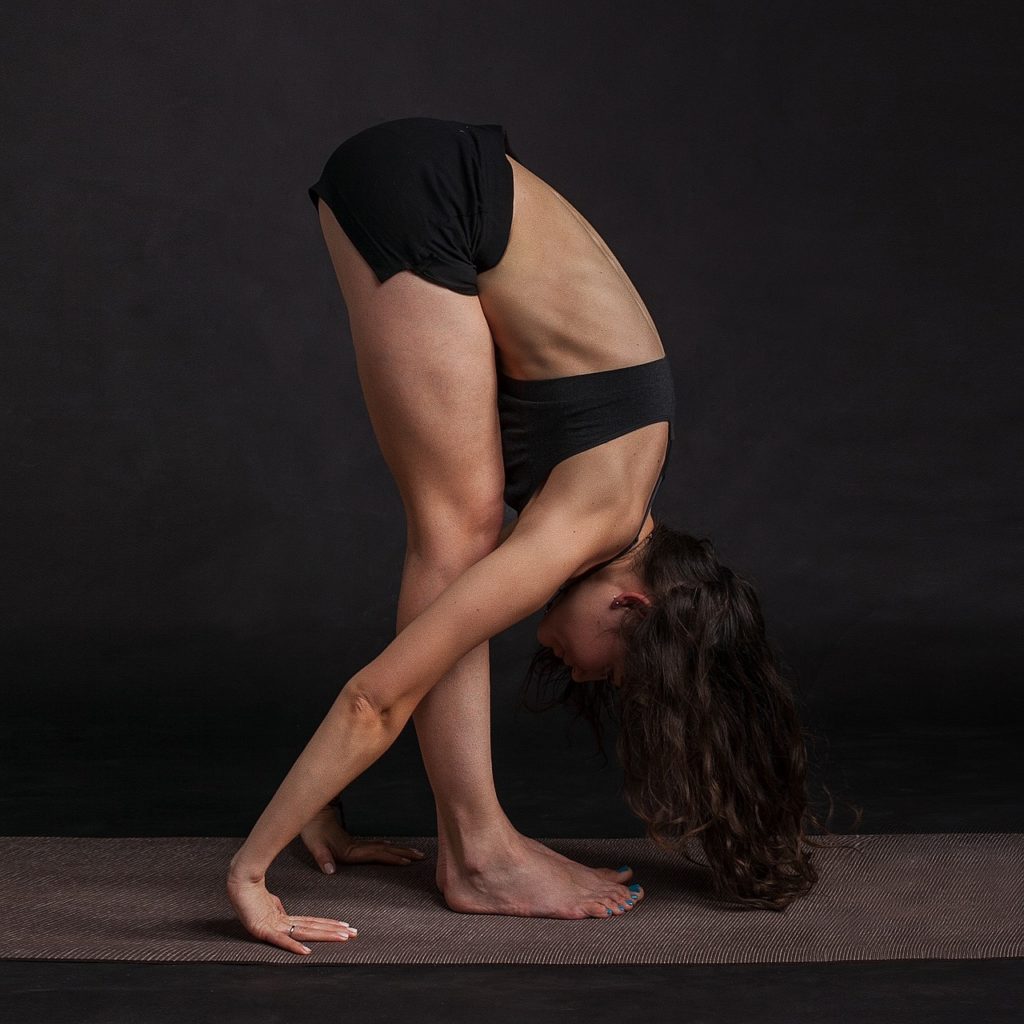
If someone suffers from chronic pain, then there is an excellent chance that they are not exercising much. You’ll need to take care when using either option to avoid making the health problems even worse. Yoga offers more adaptations and alternative poses than Pilates does in this situation, which makes it easier to modify your workout when needed.
3. Pilates Adds More Strength to Your Core.
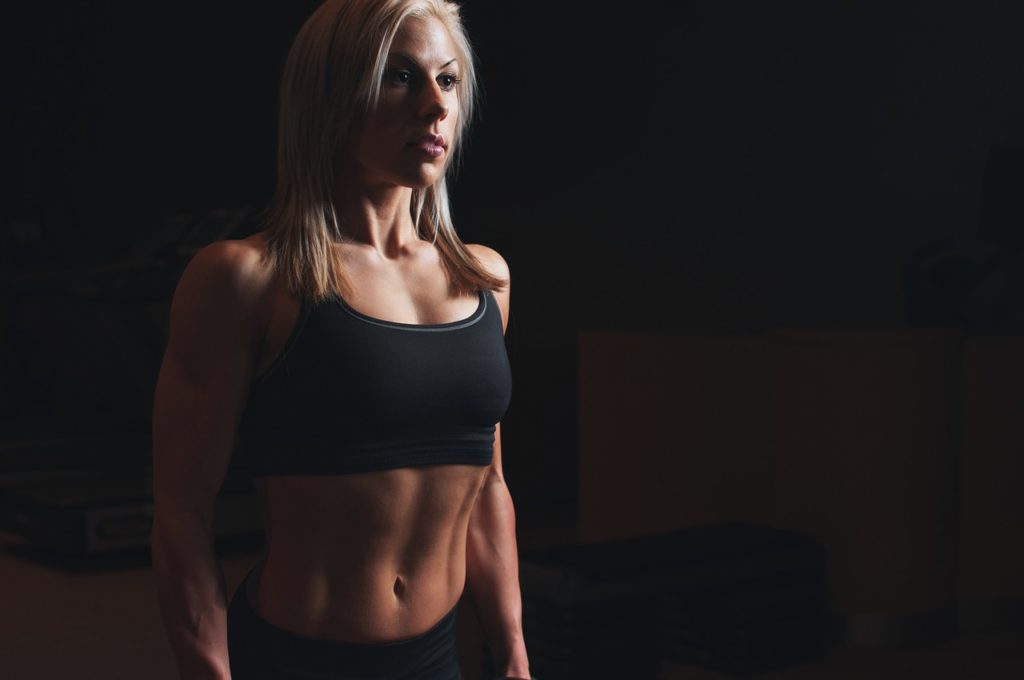
The goal of Pilates is to give your muscles additional strength over time by using the natural resistance of the body. You’ll experience a metabolism boost with its poses, helping you to improve your stamina while improving your metabolism. Yoga works more on your flexibility than strength, giving more toning opportunities to your joints so that you can have more movement over time.
4. Yoga Offers A Spiritual Component.
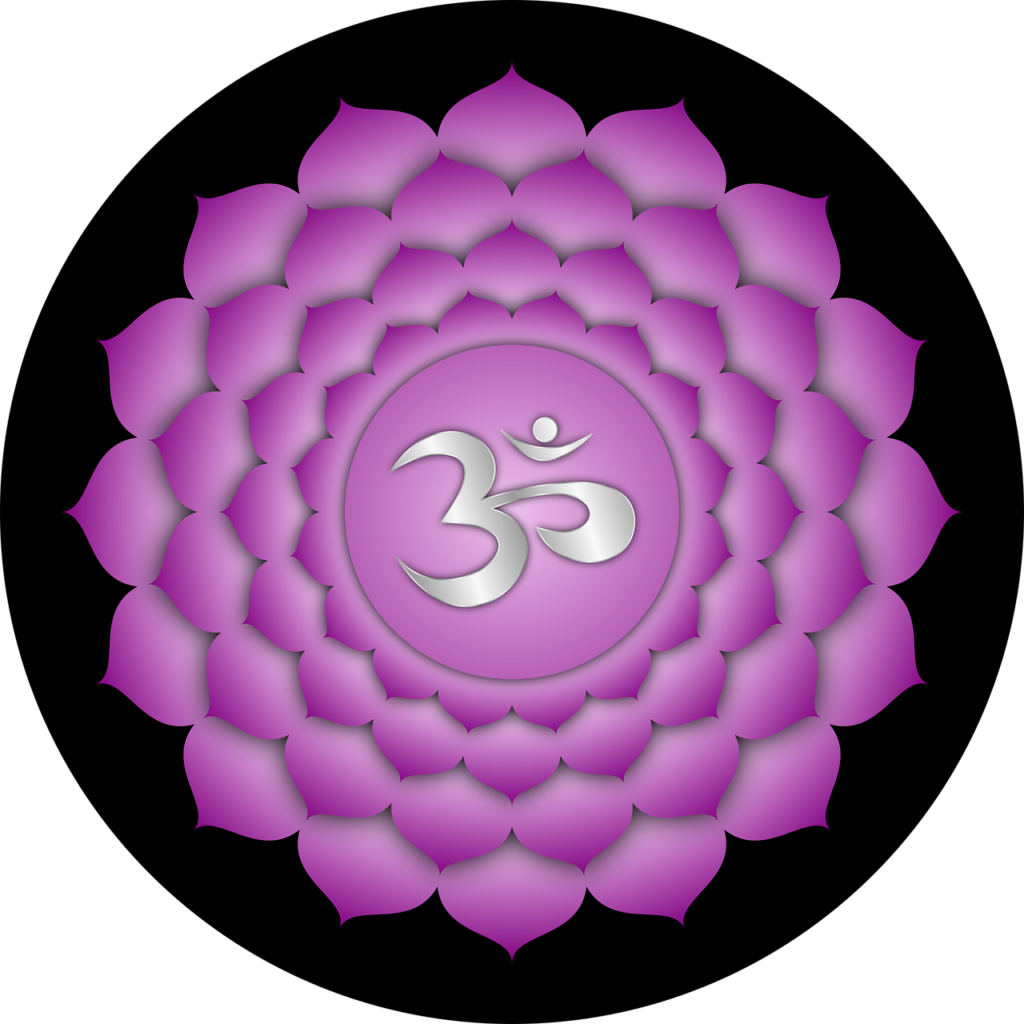
Yoga might provide you with different poses that can push the limits of your fitness, but it is more of a meditative practice than a workout routine. You’ll be working out your mind as much, if not more, than your body when choosing this option.
Pilates is more of a traditional workout routine because its development was intended to help injured athletes. It may not offer a formal path toward spiritual enlightenment, but it can help your body to start feeling better after a traumatic event.
5. Pilates Can Require You to Use Specific Equipment.
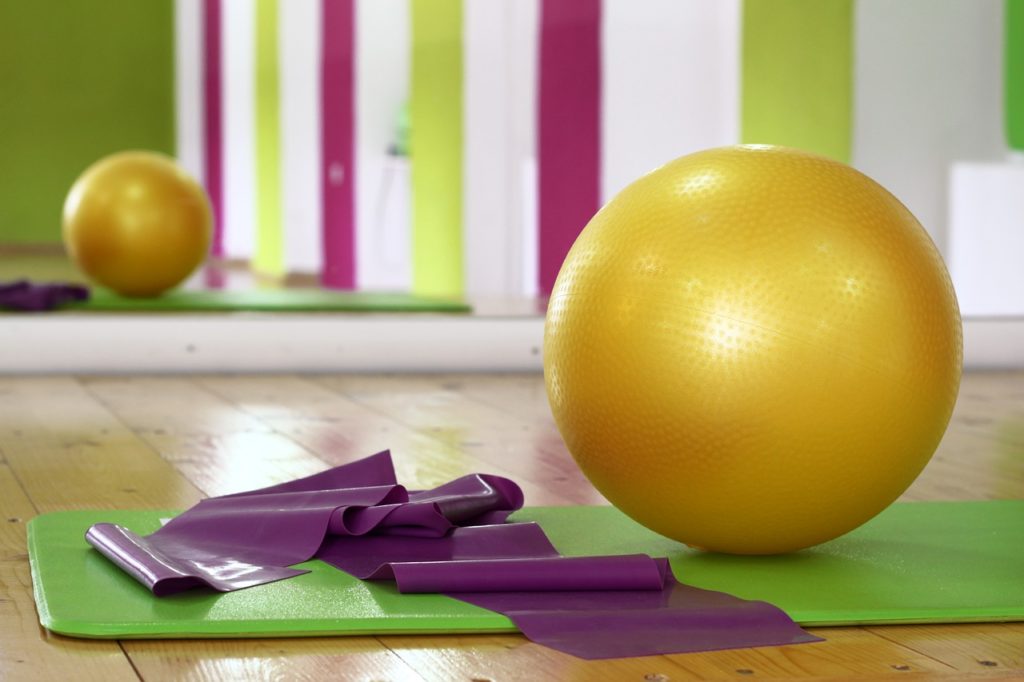
Pilates classes use different workout equipment options that challenge the body, control your muscles, and provide stability for body positions. This process encourages more strength in the core, which is why it is an essential component of many physical therapy plans. You might see a spine corrector, towers, and the “reformer” in your class.
Yoga works more on the mind-body connection, so the only equipment the average person uses is a mat on the floor. Each session typically ends with some form of guided meditation or wellness advice that falls outside of the physical realm.
6. Yoga Requires You to Hold Poses for a Longer Time.
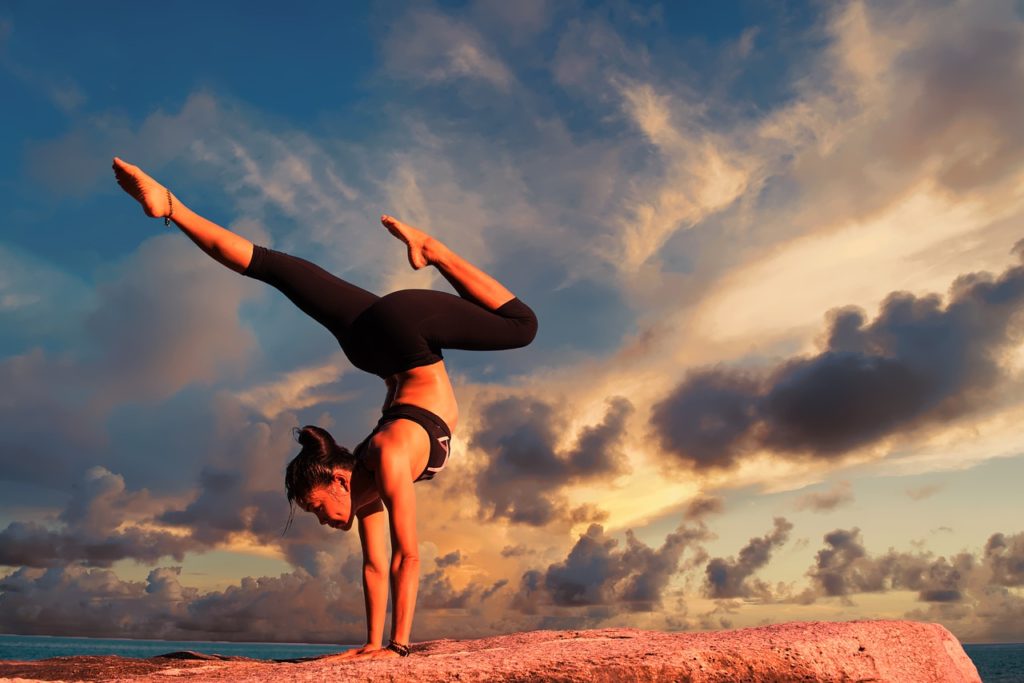
The various moves and poses are quite different when comparing Yoga and Pilates. When you choose Yoga, you’ll typically hold each pose for a longer time, allowing you to fall deeply into each position to turn it into a form of meditation. You’ll also repeat the flow of several moves, which is not always the case with Pilates.
When you attend a Pilates class, repeating sequences and hold poses is unusual. The movements are shorter, focusing on precision and control. When a move is completed, then you go to the next one.
Pilates vs. Yoga: The Final Verdict

Advocates of Pilates and Yoga both say that the workouts will accomplish the same goals. You’ll get to strengthen and lengthen your body thanks to the various poses you’ll perform during each session. It is not unusual to have proponents convinced that one is far superior to the other.
There really isn’t a right or wrong answer for the Pilates vs. Yoga debate. You can find a yoga teacher that can provide you with more information and training than a Pilates instructor to strengthen your core.
It is also possible to work with Pilates teachers that use stretching, mindfulness, and similar wellness practices as part of their session more than the yoga instructors in the region.
That means you are comparing apples to oranges when looking at the two options. If you want to discover which option is the best fit for your needs, then test different styles, studios, and classes in your area.

